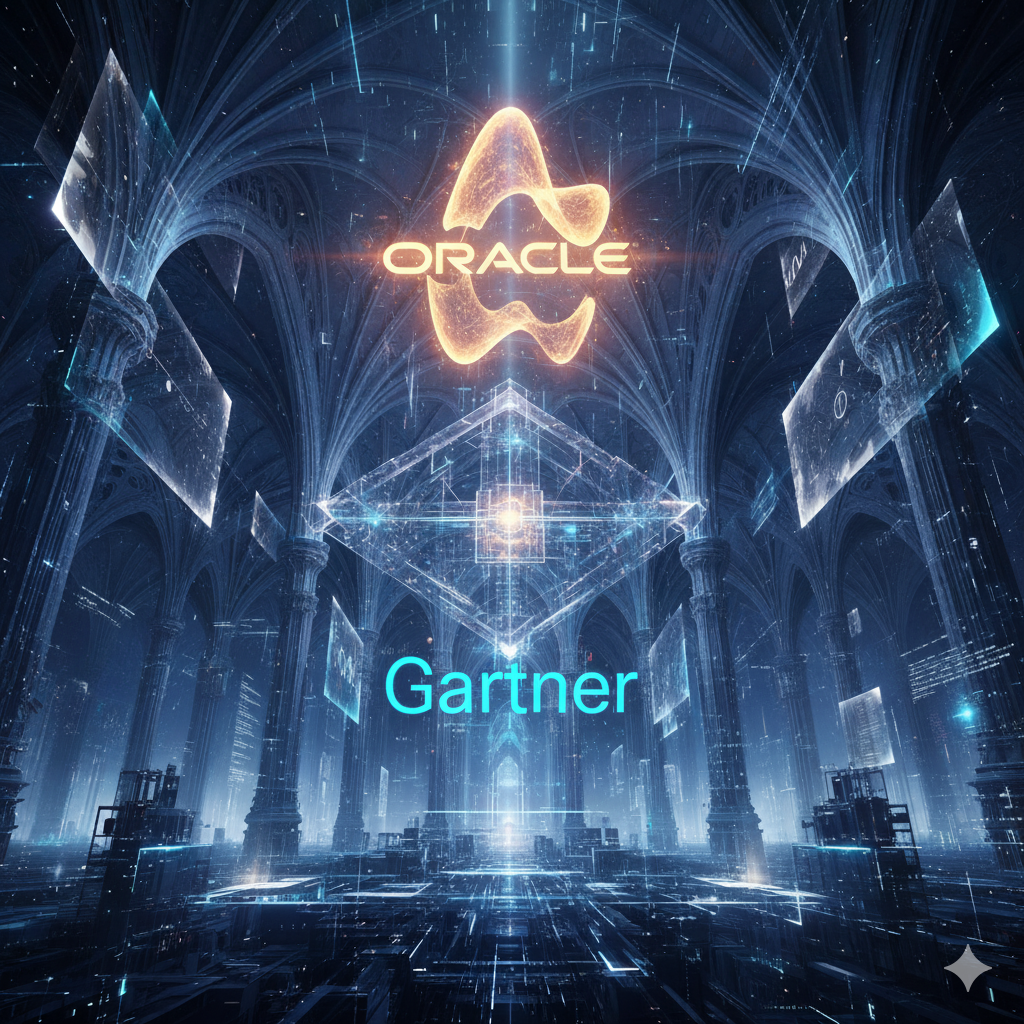Table of Contents:
- Objective
- Questionnaire
- Sources Endpoints Connection
- Target Endpoint Connection
- Users & IAM Configuration
- Integration Style
- Mapping Requirements
Objective
As many applications are now hosted on cloud, the need for integration/data synchronization is becoming essential.
Use cases known are ERP, CRM, Document Archiving, Project Planning, File Storage, Databases and many others.
While it is crucial to have it in-hand, data collection/gathering can be sometimes a tedious process.
This post provides the templates to gather main details about the integration project before you start your implementation. By sharing this with your client it can help in proper estimation of effort, time and cost and having the initial project phase mutually agreed with the least effort.
In some cases, the client for Oracle Integration Cloud might not (or be able to) provide answers to all of the questions in the template, however you will still be able to have more light about the general requirement.
Questionnaire for Oracle Integration Cloud Requirements
Sources Endpoints Connection
| Question | Answer |
|---|---|
| External Application Connection Source / Service Name | |
| On Premises / On Public Cloud / On Private Cloud Network | |
| Clustered (Yes / No) | |
| Adapter Exists in OIC standard / enterprise / NA | |
| Prerequisites Document exists (Y/N) | |
| ERP / HCM / IaaS / Productivity & Social / CX / Healthcare / Technology / SCM / Database / Enterprise Messaging | |
| Security Method: • User and Password • OAuth Authorization Credentials • Username password token with pgp key support • No security Policy (like in rest api) |
|
| Connection details: connection URLs | |
| Security tokens (Y/N) | |
| User Credentials | |
| Trigger Role / Invoke Role / Trigger & Invoke roles | |
| Is local agent required | |
| Access Type: Public Gateway / Private endpoint / connectivity agent | |
| Payload Limits |
Target Endpoint Connection(s)
| Question | Answer |
|---|---|
| External Application Connection Source / Service Name | |
| On Premises / On Public Cloud / On Private Cloud Network | |
| Clustered (Yes / No) | |
| Adapter Exists in OIC standard / enterprise / NA | |
| Prerequisites Document exists (Y/N) | |
| ERP / HCM / IaaS / Productivity & Social / CX / Healthcare / Technology / SCM / Database / Enterprise Messaging | |
| Security Method: User and Password / OAuth Authorization Code Credentials / Username password token with pgp key support | |
| Connection details: connection URLs | |
| Security tokens (Y/N) | |
| User Credentials | |
| Trigger Role / Invoke Role / Trigger & Invoke roles | |
| Is local agent required | |
| Access Type: Public Gateway / Private endpoint / connectivity agent | |
| Payload Limits |
Users – to be added to OCI IAM and to OIC
| Question | Answer |
|---|---|
| Number of users, names, emails and roles
Roles: |
|
| Network Connection | |
| Clustering |
Integration Style
To be defined/assigned as per each entity (table) also in the flowchart draft
| Question | Answer |
|---|---|
| Integration Style: • Application Driven • Event Driven • Scheduled Driven |
|
| Describe the event: | |
| Schedule (once / minute / hour / day…) |
Mapping
One of the key tasks to any integration is defining how data is transferred, or mapped, between two applications.
| Source | Data Type | Document Attached? | Transformation/Conversion Function | Destination | Data Type |
|---|---|---|---|---|---|




